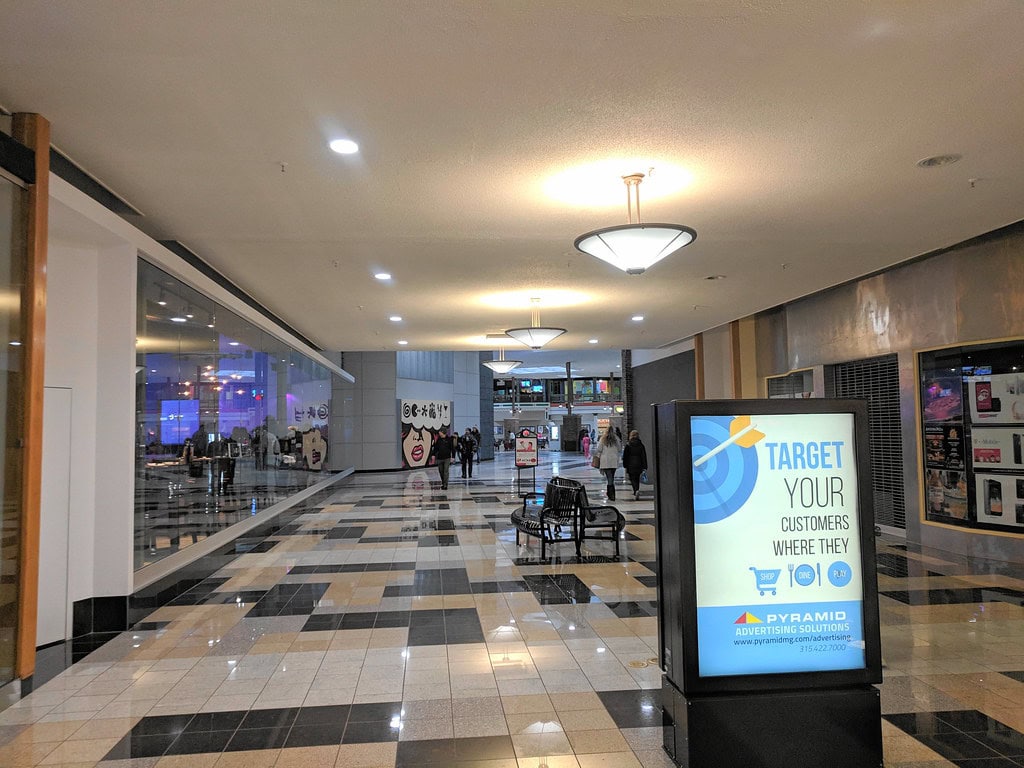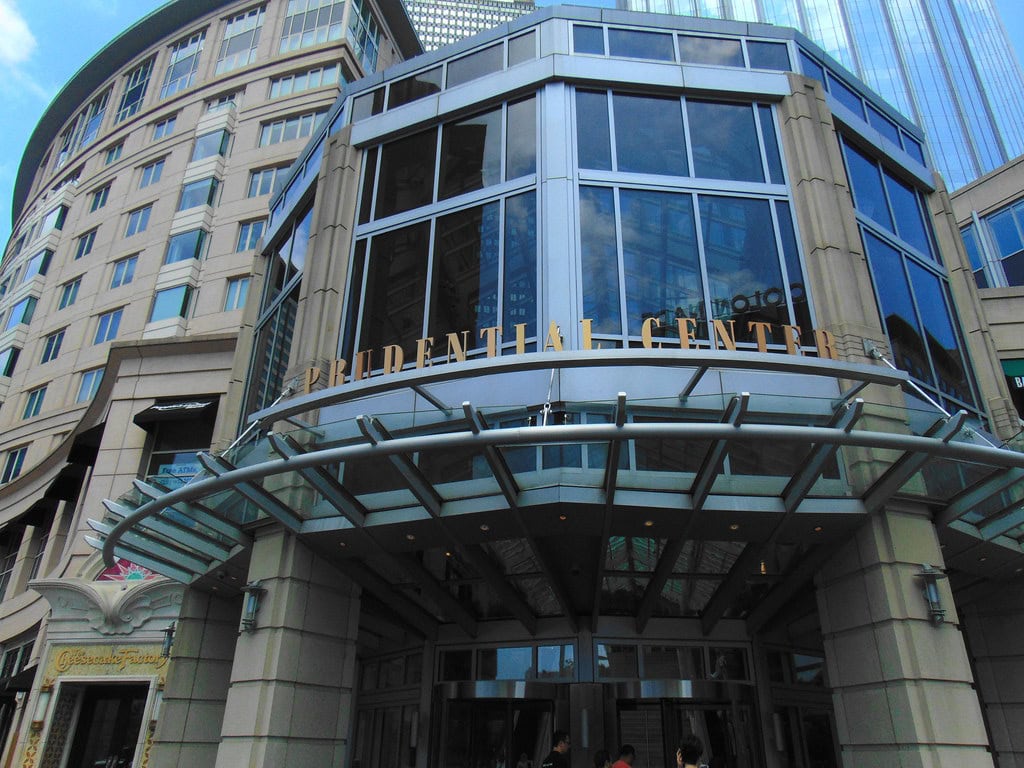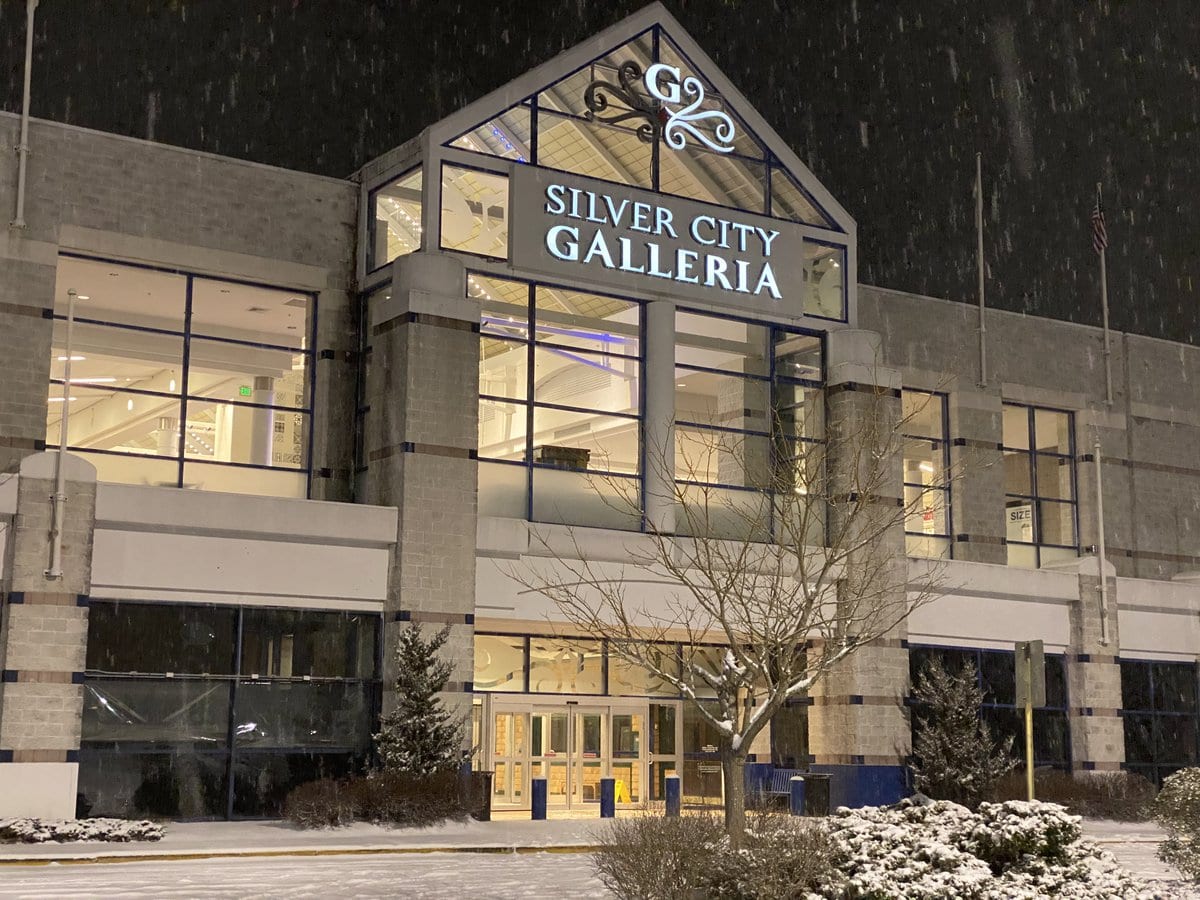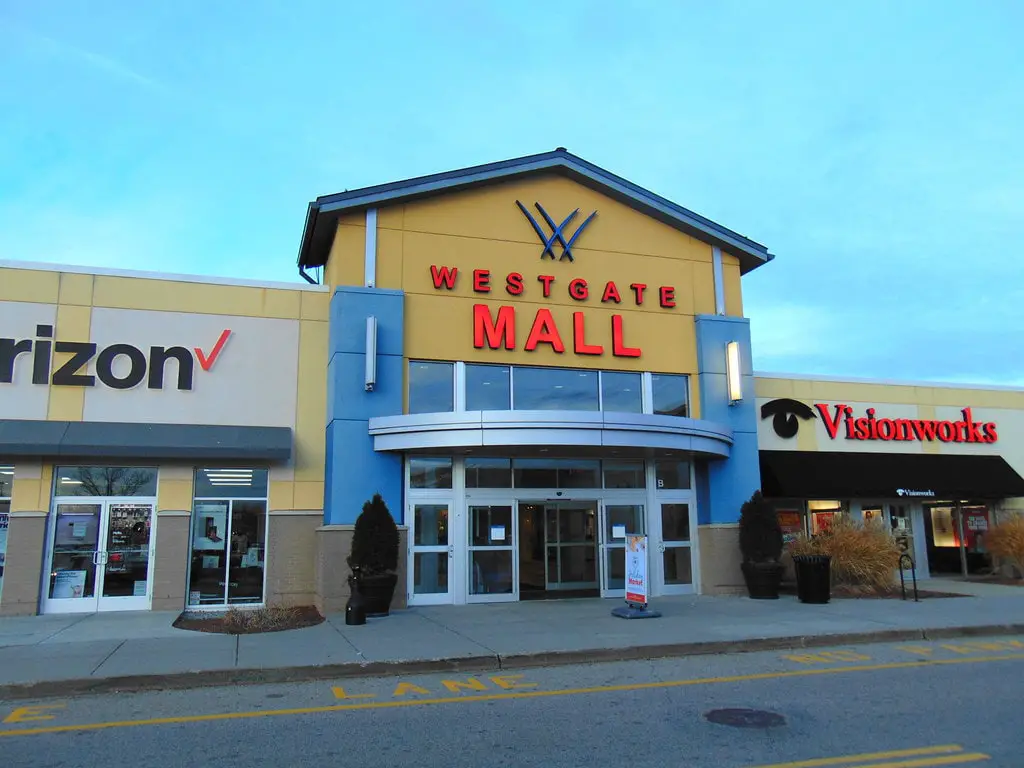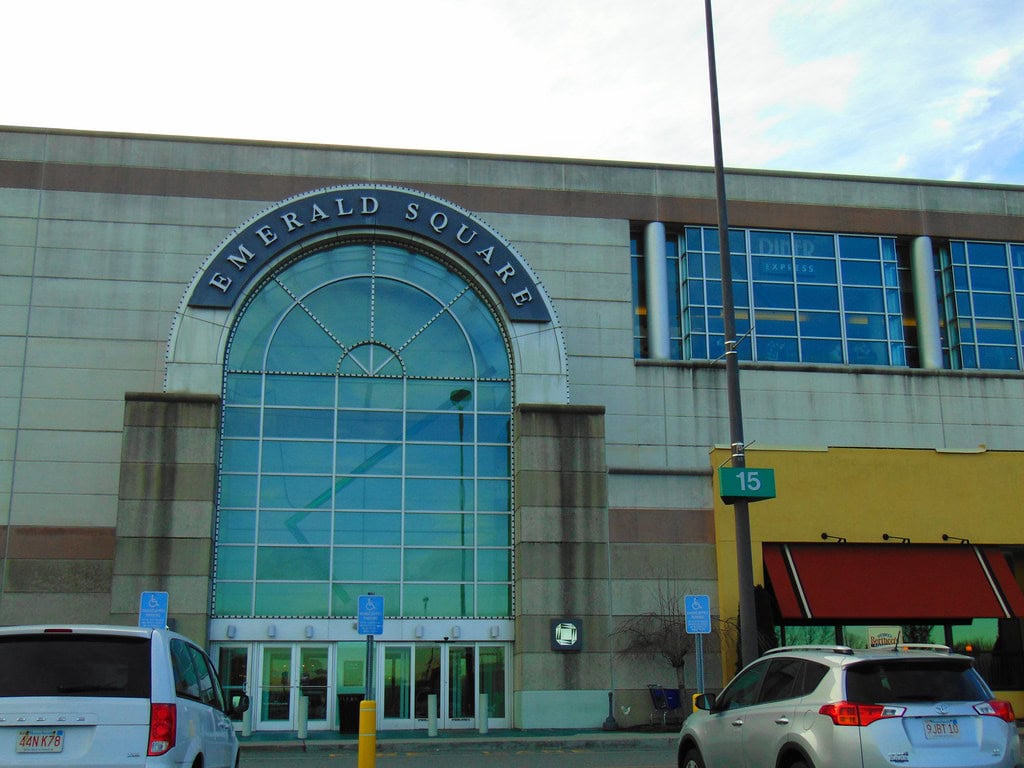The House That Held a Nightmare—A Real Estate Deal That Became a Crime Scene
The front door sticks just a little before it swings open. Inside, the air is thick with something that isn’t quite dust but isn’t exactly fresh, either.
The wooden floors creak underfoot, not from age alone but from the weight of all that’s happened here.
This was once an ordinary house, built for comfort rather than spectacle. That changed on August 4, 1892.
Andrew Borden bought the property in 1872, picking it for convenience rather than status.
It sat at 92 Second Street in Fall River, Massachusetts, an easy walk to his business holdings on Main Street.
Unlike the grand estates that dotted the hills, this was a simple, practical home—two and a half stories, wooden, with a narrow front that blended into the street.
When Andrew moved in, the house was divided into two apartments. He had it restructured into a single-family residence, though he refused to install modern amenities like indoor plumbing or electricity.
The man had money—plenty of it. He just didn’t believe in wasting a cent.
Inside, the layout was tight, and privacy was scarce. The house held Andrew, his second wife Abby, his daughters Lizzie and Emma, and a single maid, Bridget Sullivan, who had a small room in the attic.
The house had a two-stall privy in the basement, and every bedroom had a chamber pot—enough to remind visitors that wealth didn’t always mean luxury.
Unlike some of Fall River’s elite, the Bordens didn’t host lavish gatherings or fill their halls with laughter.
Lizzie, well-known in town, rarely invited friends over. The house embarrassed her.
By 1892, tension was woven into the walls. A dispute over money had already driven a wedge between Lizzie and her father.
Andrew had gifted real estate to Abby’s relatives, a move that infuriated his daughters.
They demanded something in return, and he gave them a rental property—but their resentment remained.
The house wasn’t just a home anymore. It was a pressure cooker waiting to overflow.

August 4, 1892—A Crime That Turned a House into a Marketable Legend
The morning started like any other in the Borden house. The heat was rising, thick and oppressive, settling into every corner of the narrow, boxy rooms.
Bridget Sullivan, the maid, had already washed the outside windows, grumbling about the extra work in the relentless August sun.
Upstairs, Abby Borden went about her morning routine. Andrew, after his usual errands, returned home around 10:45 a.m. and settled onto the sitting room couch for a nap.
By noon, everything had changed.
Abby was the first to die. Struck from behind in the guest bedroom, she collapsed near the bed. A hatchet tore through the back of her head—19 blows, her body left sprawled on the floor.
Less than two hours later, Andrew met the same fate. He was last seen alive as he rested on the couch.
The first blow landed just above his left eye, splitting his skin. Eleven more followed, the final one nearly severing his nose.
Lizzie called for help. Bridget and a neighbor ran inside, finding Andrew’s body in a state that even hardened police officers later described as sickening.
Blood dripped from the couch to the rug below. But something felt off. There were no screams from inside the house, no signs of a struggle.
The front door had been bolted earlier. If someone had broken in, why hadn’t anyone heard?
Investigators focused on Lizzie. Her story wavered—first, she claimed she’d been in the barn, then she said she was inside when Andrew returned.
No one saw her with a weapon, and there was no blood on her clothes. But police were skeptical. They found the burned dress on the stove. Lizzie said it was ruined by paint.
By June 1893, the trial was everywhere—newspapers, whispered conversations, packed court benches.
The prosecution laid out the cracks in her story. Her shifting alibi. The dress was reduced to ashes. The attempt to buy poison the day before. The jury listened. The country watched.
The defense pointed out that no weapon was found, and no one witnessed the crime.
In the end, the jury couldn’t convict. She walked free. But the house never did.
From Private Home to Public Attraction—A House That Sells Fear
After Lizzie’s acquittal, the house stayed in the family for a short time. But by 1918, new owners moved in, and over the decades, the property changed hands multiple times.
The address itself even changed—from 92 Second Street to 230 Second Street in 1896, possibly to shake the association with its gruesome past. It didn’t work.
The McGinn family purchased the house in 1948. For years, it was simply a private residence—until the 1990s, when Martha McGinn saw potential in what others considered a cursed home.
By 1996, the Lizzie Borden House had transformed into a bed and breakfast. This business move paid off.
Guests booked the rooms where the tragedy happened. The guest room, where Abby met her end, became the most requested.
The house stayed as close as possible to its condition in 1892. The furnishings were either original or carefully matched to the era.
In the dining room, crime scene photos were placed on the table—where guests would later eat breakfast.
With ownership shifts in the 2000s, the house leaned even further into its dark history.
Tours became a staple. Visitors could touch a replica hatchet, browse crime memorabilia, and, if they dared, try an Ouija board.
Paranormal investigators arrived, bringing TV cameras and ghost-hunting gear. Some swore they heard whispers, footsteps, or saw shadows move on their own.
By the early 2000s, the Lizzie Borden House was more than a historical site—it was a fully branded experience.
True crime fans, history buffs, and ghost hunters all booked their stays. Fall River, once a bustling textile town, had found another industry—selling its darkest story.
The House Gets a New Owner—And a New Business Plan
By 2021, the Lizzie Borden House wasn’t just a place to sleep—it was an experience, a brand, and a business.
When it hit the market, the listing price was $2 million. It didn’t sit for long. In May of that year, US Ghost Adventures, a company known for its haunted tours across the country, bought the property.
The deal wasn’t just about preserving history—it was about expanding a growing industry built on fear.
Lance Zaal, the company’s founder, had a vision for the house. The bed and breakfast would stay, but he planned to turn the property into a bigger attraction.
New tour packages rolled out, including late-night ghost hunts and extended storytelling sessions.
Guests could now choose between a standard history tour and a paranormal deep dive.
Some things changed, but most of the house remained frozen in time. The furniture remained as close as possible to the 1892 setting.
The infamous sitting room couch—an identical replica of the one Andrew Borden passed away on—stayed in place.
Even the wallpaper matched period styles. The business relied on authenticity, and Zaal made sure nothing felt too modern.
Changes crept in, subtle but strategic. A sixth bedroom—another space to sell. Smart thermostats, discreetly tucked behind antique décor, kept guests comfortable without breaking the illusion.
Virtual tours and podcasts emerged, drawing in those who wanted the thrill of the house without crossing its threshold.
Over the years, the house had different owners, each adding their own spin to its haunted reputation.
But now, the business side of things has become just as important as the ghost stories.
The Lizzie Borden House wasn’t just surviving—it was expanding.
The Obsession With Lizzie—Why We Can’t Look Away
More than 130 years have passed since the tragic events, but the fascination hasn’t faded. If anything, it’s only grown.
Theories about the case still circulate. Some say Lizzie did it, fueled by anger over money and family tensions.
Others insist Bridget Sullivan, the maid, snapped after years of mistreatment. A few believe an unknown outsider slipped in, committed the crime, and vanished.
The mystery is part of what keeps people coming back.
Hollywood hasn’t let go, either. The story has been told and retold in books, films, and television.
In 2015, the Supernatural episode “Thin Lizzie” explored the idea of the house being a portal to something darker.
The Legend of Lizzie Borden, a 1975 film starring Elizabeth Montgomery, imagined Lizzie committing the acts in a fit of rage.
More recently, the 2018 movie Lizzie turned the case into a psychological drama.
The real house is still the biggest attraction. Every year, tourists fill its rooms, hoping to hear a whisper in the dark or catch something moving in the corner of their eye.
Some bring equipment, convinced they’ll record proof of something paranormal. Others just want to stand in the same rooms where history unfolded.
Lizzie Borden House sells fear, curiosity, and nostalgia in equal measure. Some guests come for the history, others for the ghosts. Either way, the house keeps them coming.
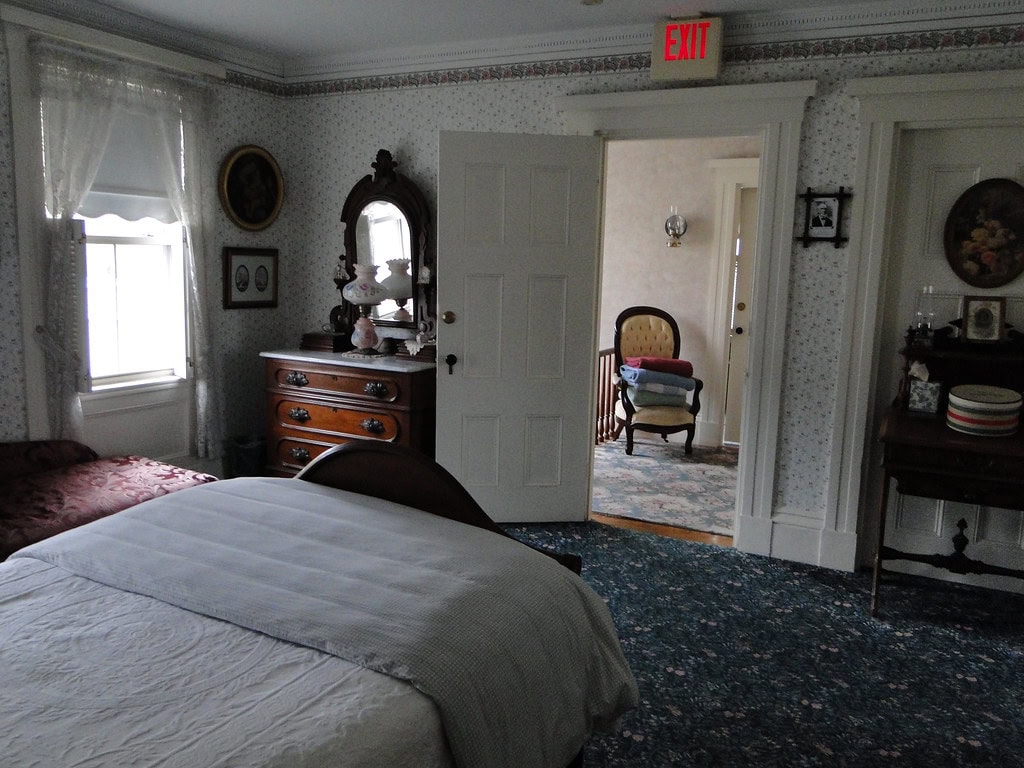
Recent Headlines—The Lizzie Borden House in the News
October 2024. Thrillist crowned the Lizzie Borden House the most haunted place in Massachusetts.
This title is another reason the legend refuses to die. The 1892 dark chapter left more than just history behind—something lingers, and people can’t look away.
USA Today named it one of the Top 10 haunted hotels in the country—a place where guests check in for history and leave wondering what else lingers.
Another nod to its legend, another reason visitors keep coming.
The house’s haunted reputation drew media attention in October 2024 when a team from People magazine, including Julie Jordan and the ‘Ghost Moms,’ spent a night investigating its paranormal activity.
They reported unexplained phenomena, such as flashing lights and mysterious sounds, particularly in the attic—a space long rumored to be the most haunted area of the house.

